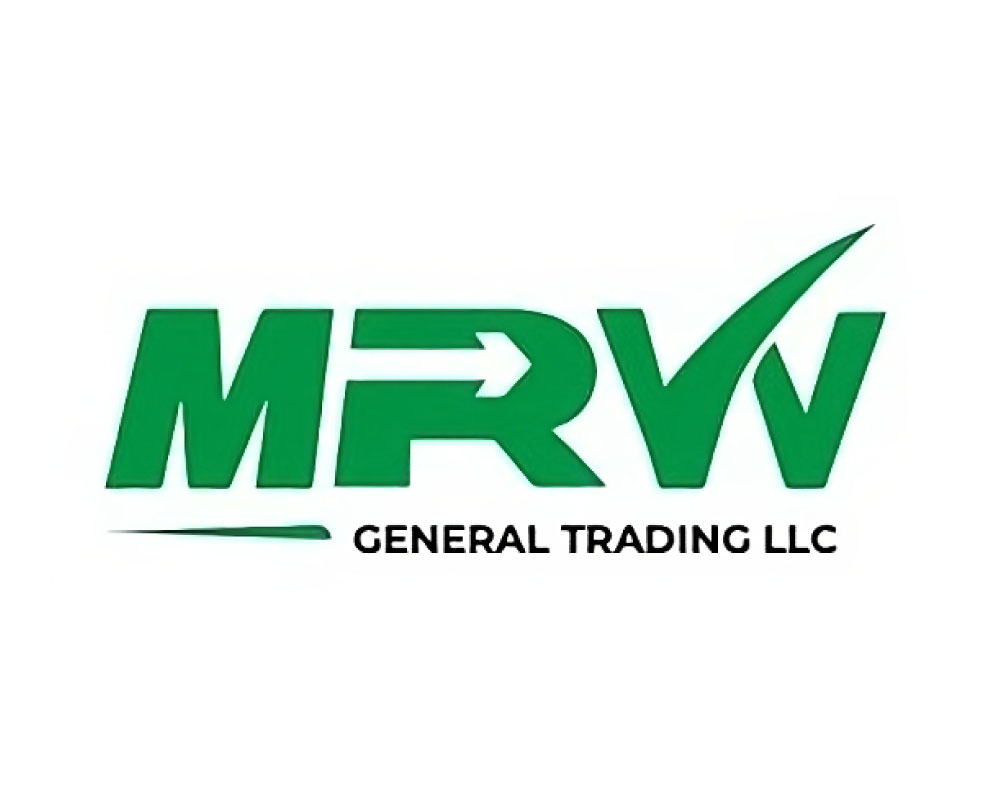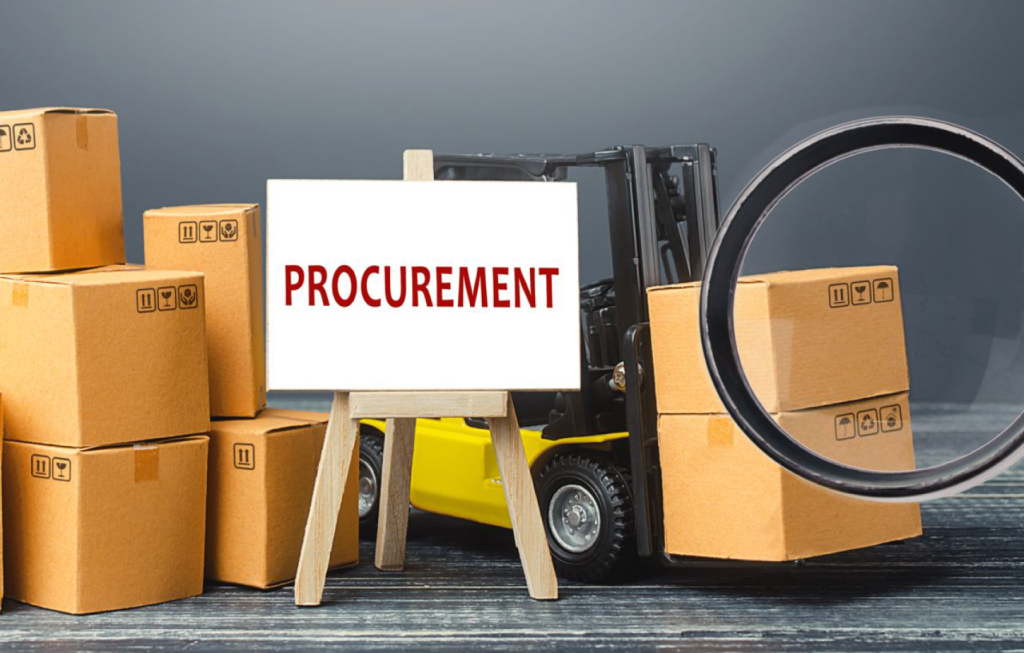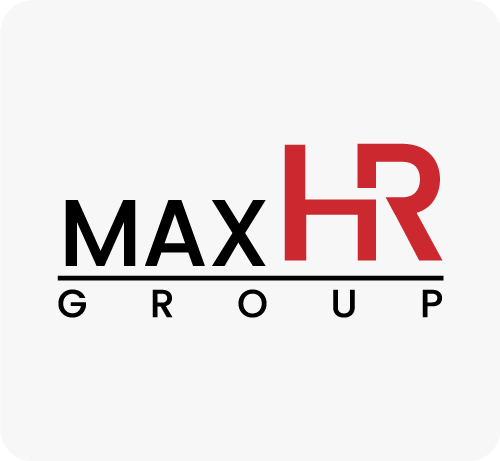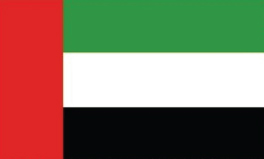
MRW General Trading LLC
INTRODUCTION
MRW General Trading LLC is a dynamic company specializing in the import, export, and distribution of a wide range of products. This report outlines the entire trading process from initial market research to final delivery, detailing each phase and the activities involved in successfully executing trading operations.
1. Market Research and Analysis

1.1 Market Identification
- Market Research: Conduct comprehensive market research to identify demand for products in various regions.
- Competitor Analysis: Analyze competitors to understand market trends, pricing strategies, and customer preferences.
- Product Selection: Select products with high demand potential and favorable profit margins.
1.2 Feasibility Study
- Financial Analysis: Assess the financial viability of trading specific products, including cost analysis and projected revenues.
- Risk Assessment: Identify potential risks and develop mitigation strategies.
- Regulatory Compliance: Ensure compliance with international trade regulations and standards.
2. Sourcing and Procurement

2.1 Supplier Identification
- Supplier Research: Identify and evaluate potential suppliers based on quality, reliability, and cost.
- Supplier Audits: Conduct audits to ensure suppliers meet MRW’s quality standards and compliance requirements.
- Negotiation: Negotiate terms and agreements to secure the best prices and delivery schedules.
2.2 Order Placement
- Purchase Orders: Create and send purchase orders to selected suppliers.
- Contract Management: Manage contracts and ensure all terms are clearly defined and agreed upon.
- Payment Terms: Agree on payment terms and ensure timely payments to suppliers.
3. Logistics and Transportation

3.1 Shipping and Transportation
- Logistics Planning: Plan and coordinate logistics to ensure efficient transportation of goods.
- Freight Forwarding: Work with freight forwarders to manage shipping documentation and customs clearance.
- Transportation Management: Select appropriate modes of transportation (air, sea, land) based on cost, speed, and reliability.
3.2 Inventory Management
- Warehousing: Arrange for warehousing facilities to store products safely and efficiently.
- Inventory Control: Implement inventory management systems to track stock levels and manage reordering processes.
- Quality Assurance: Conduct inspections to ensure products meet quality standards before distribution.
4. Sales and Marketing

4.1 Marketing Strategy
- Market Entry Strategy: Develop strategies for entering new markets and increasing market share.
- Advertising and Promotion: Plan and execute marketing campaigns to promote products and attract customers.
- Customer Relationship Management: Build and maintain strong relationships with customers through effective communication and service.
4.2 Sales Operations
- Sales Channels: Establish and manage various sales channels, including direct sales, online platforms, and retail partnerships.
- Order Processing: Efficiently process customer orders to ensure accuracy and timeliness.
- Customer Service: Provide excellent customer service to handle inquiries, complaints, and returns.
5. Distribution and Delivery

5.1 Distribution Planning
- Route Optimization: Plan and optimize distribution routes to ensure timely and cost-effective delivery.
- Delivery Scheduling: Coordinate delivery schedules with customers to meet their requirements.
- Transportation Management: Manage transportation logistics to ensure products are delivered in good condition.
5.2 Order Fulfillment
- Packaging: Ensure products are packaged securely to prevent damage during transit.
- Tracking and Monitoring: Implement tracking systems to monitor deliveries and provide updates to customers.
- Delivery Confirmation: Confirm delivery with customers and handle any issues that may arise.
6. Post-Delivery Support

6.1 Customer Feedback
- Feedback Collection: Collect feedback from customers regarding product quality and service.
- Feedback Analysis: Analyze feedback to identify areas for improvement.
- Continuous Improvement: Implement improvements based on customer feedback to enhance product and service quality.
6.2 After-Sales Service
- Customer Support: Provide ongoing support to customers for any post-purchase inquiries or issues.
- Warranty and Return Policies: Ensure clear and fair policies for product warranties and returns.
- Product Recall Procedures: Establish and communicate clear procedures for product recalls, if necessary.





